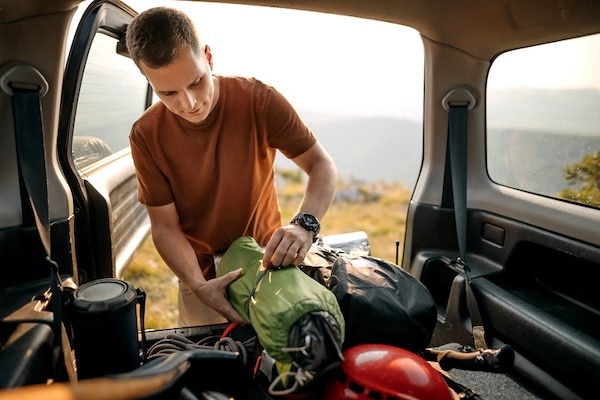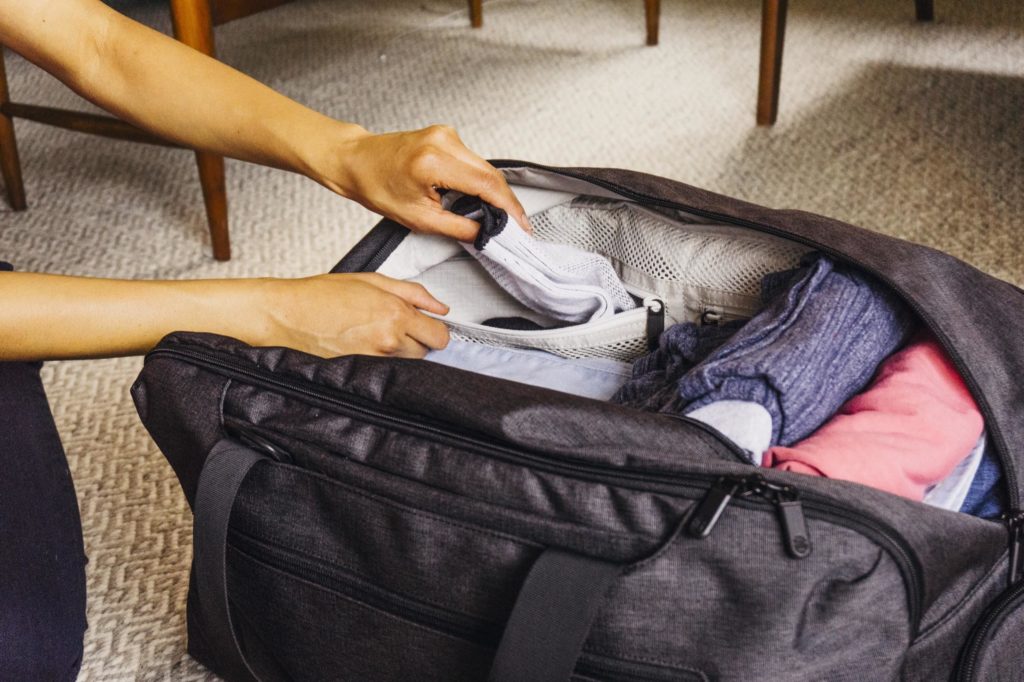Choosing the right adventure backpack is one of the most critical decisions you'll make for your outdoor pursuits. Whether you're planning a day hike through local trails or embarking on a multi-week expedition across remote wilderness, your backpack serves as your mobile base camp, carrying everything essential for safety and comfort.
The perfect backpack isn't just about capacity – it's about finding the right balance of size, comfort, durability, and functionality that matches your specific adventure style and body type. In this comprehensive guide, we'll walk you through every aspect of backpack selection to ensure your next purchase enhances rather than hinders your outdoor experiences.
Understanding Backpack Capacity
Backpack capacity is measured in liters and serves as your starting point for selection. Here's how different capacities align with various adventure types:
- 20-35 Liters: Perfect for day hikes and urban adventures. These compact packs carry essentials like water, snacks, extra layers, and safety gear without overwhelming your shoulders.
- 35-50 Liters: Ideal for overnight trips and weekend adventures. Sufficient space for sleeping gear, food, and clothing changes while maintaining manageable weight.
- 50-70 Liters: Designed for extended trips lasting 3-7 days. These packs accommodate full camping gear, multiple food resupplies, and weather-appropriate clothing systems.
- 70+ Liters: Built for long-distance expeditions and winter adventures where extra gear and safety equipment are essential for survival.
Pro Tip: The 80% Rule
Never pack your backpack to 100% capacity. Aim for 80% to allow for gear expansion, additional purchases, and easier packing/unpacking. This also prevents overstressing seams and zippers.
Achieving Perfect Fit and Comfort
A properly fitted backpack distributes weight evenly across your hips and shoulders, reducing fatigue and preventing injury. Here's what to consider:
Torso Length: This is more important than your height. Measure from the C7 vertebra (base of your neck) to the top of your hip bones. Most manufacturers offer different torso sizes or adjustable suspension systems.
Hip Belt Positioning: The padded hip belt should rest on your hip bones, not your waist. This transfers most of the pack's weight to your stronger leg muscles rather than your back and shoulders.
Shoulder Strap Alignment: Straps should curve over your shoulders without gaps, pressure points, or interference with arm movement. Look for padded, curved shoulder straps that match your body shape.
Essential Features and Components
Modern adventure backpacks incorporate numerous features designed to enhance functionality and user experience:
Access Points: Top-loading packs are traditional and weather-resistant, while panel-loading designs offer suitcase-like access to your gear. Many modern packs combine both approaches.
Compression Systems: Side and vertical compression straps help stabilize loads and reduce pack volume when not fully loaded. This maintains balance and prevents gear from shifting during movement.
Hydration Compatibility: Built-in sleeves and port holes for hydration reservoirs keep you properly hydrated without removing your pack. External bottle holders provide easy access to water.
Weather Protection: Rain covers, water-resistant fabrics, and sealed seams protect your gear from moisture. Consider climate conditions in your adventure destinations.
Material Selection and Durability
Backpack materials directly impact weight, durability, and weather resistance:
Nylon Fabrics: Ripstop nylon offers excellent strength-to-weight ratios and tear resistance. Higher denier numbers indicate heavier, more durable fabrics suitable for rugged use.
Polyester Options: Generally more UV-resistant than nylon and retains color better over time. Slightly heavier but offers good durability for moderate use.
Ultralight Materials: Dyneema and similar fabrics provide incredible strength at minimal weight but come at premium prices and require careful handling.
Weight Considerations
Your pack's base weight should never exceed 20% of your body weight for comfortable hiking. Ultralight packs can reduce this to 10-15%, allowing you to carry more essentials or move more efficiently.
Specialized Features for Different Adventures
Consider these additional features based on your adventure preferences:
Mountaineering: Ice axe loops, crampon attachments, and reinforced bottom panels for technical terrain and harsh conditions.
Backpacking: Sleeping bag compartments, trekking pole attachments, and multiple external pockets for organization and quick access.
Travel: Lockable zippers, hideaway straps, and clean organization systems for mixed outdoor and urban environments.
Testing and Final Selection
Before making your final purchase decision:
- Load the pack with representative weight and walk around the store
- Adjust all straps and check for pressure points or discomfort
- Consider renting or borrowing similar packs for actual trail testing
- Read reviews from users with similar body types and adventure styles
- Verify warranty coverage and repair service availability
Remember that the most expensive pack isn't always the best choice for your needs. Focus on fit, functionality, and features that align with your adventure goals and physical requirements.
Your backpack investment should enhance countless future adventures. Take time to research, test, and select thoughtfully – your shoulders, back, and outdoor experiences will thank you for the careful consideration.


